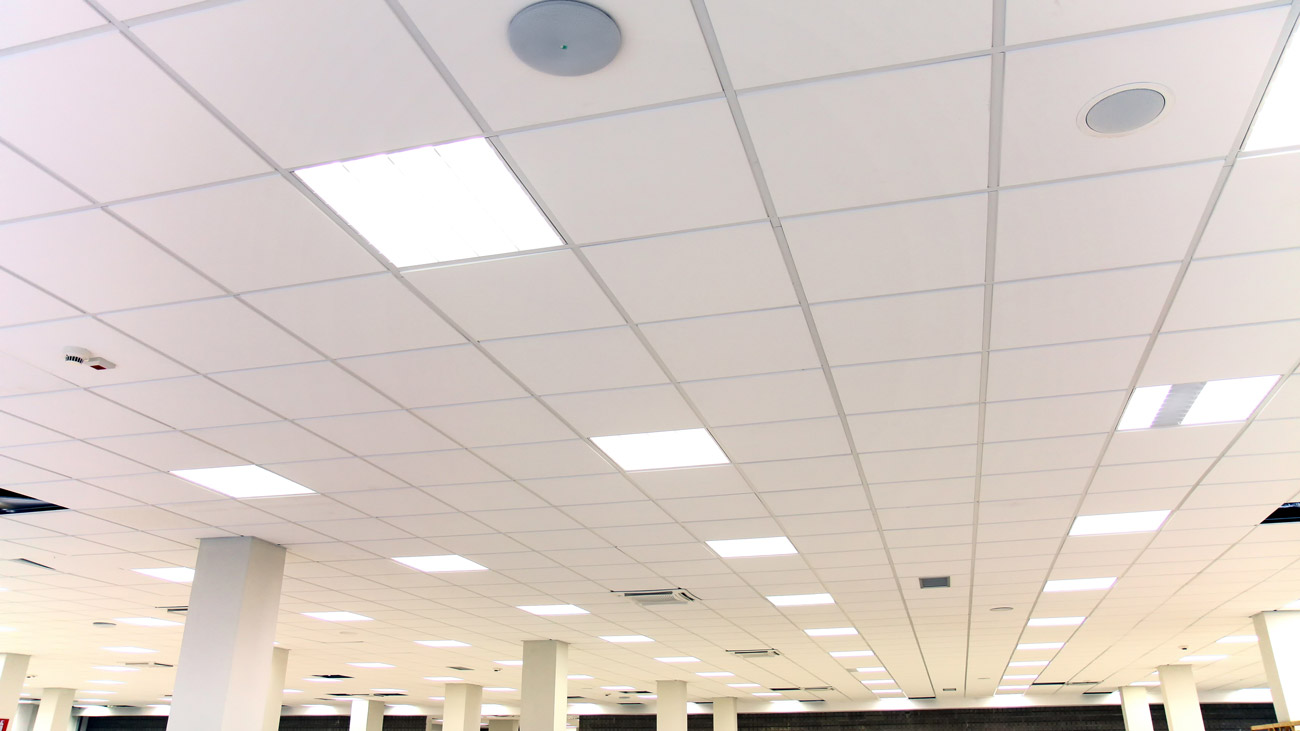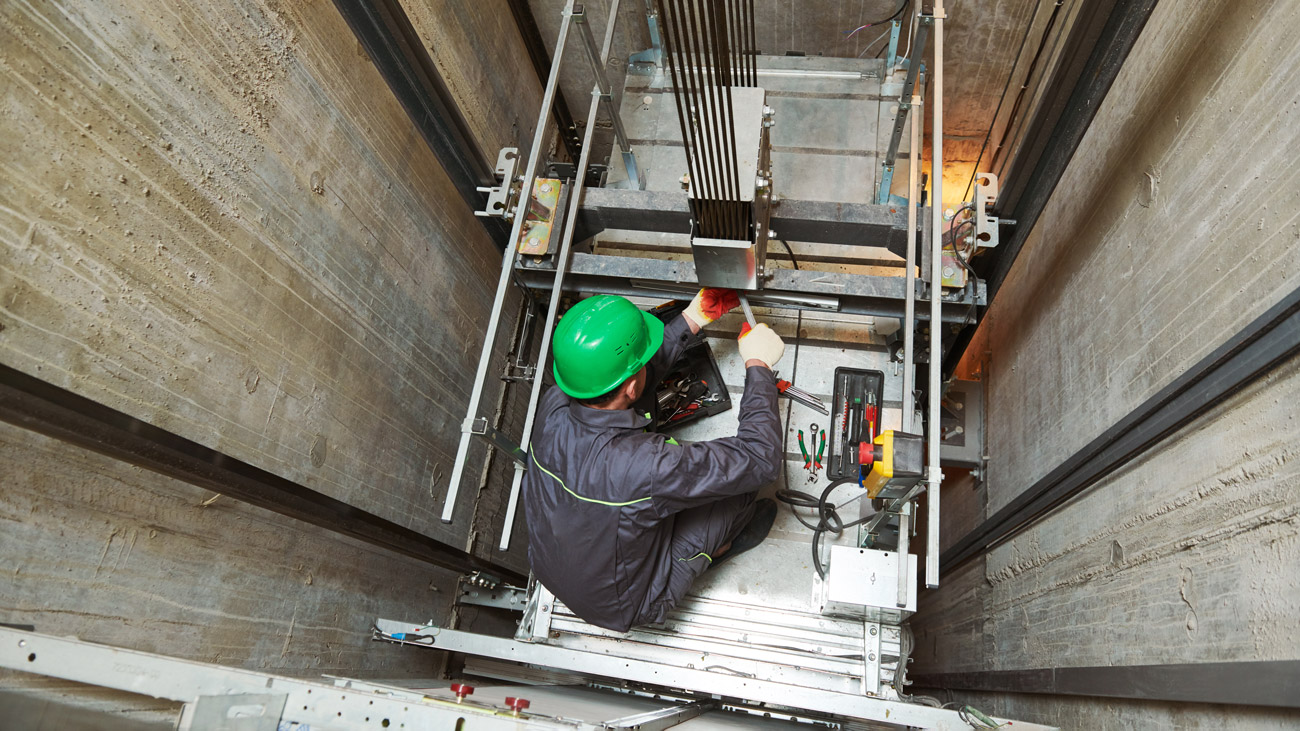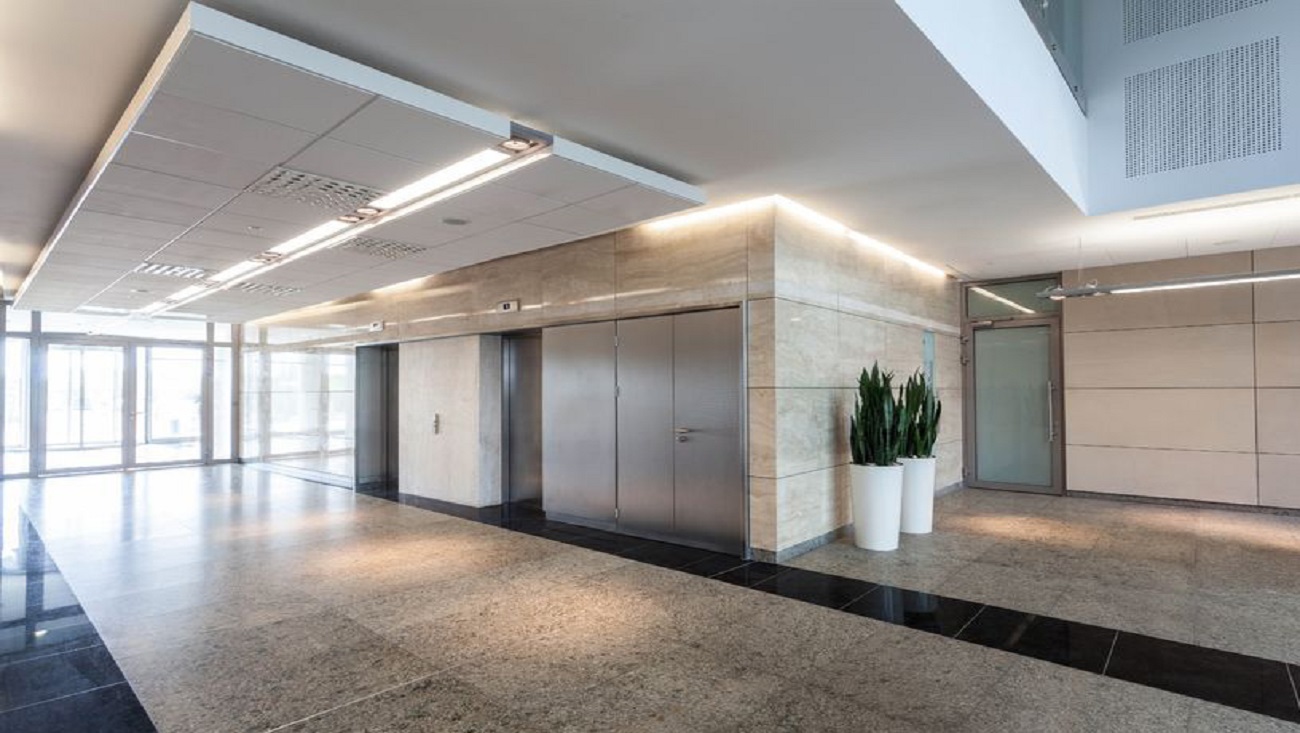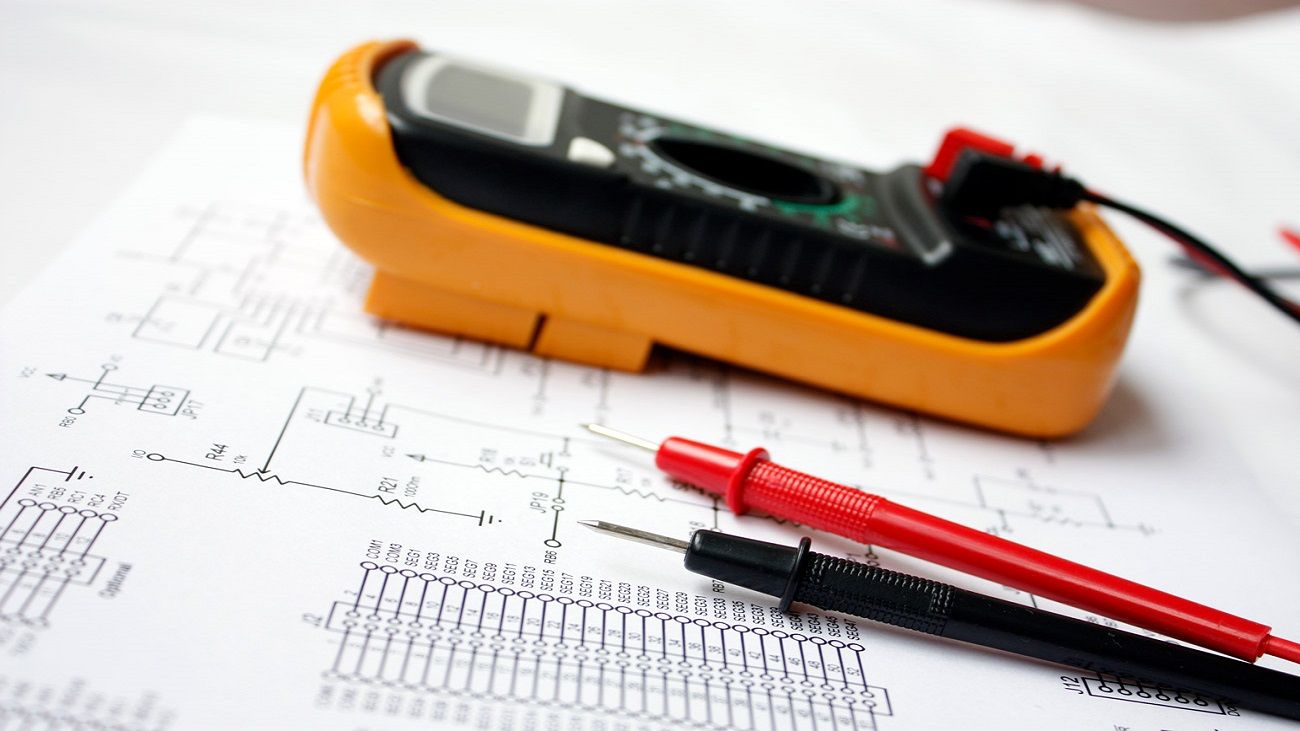
Human factors: the things that impact a workspace
The work environment can impact on a person’s performance in a number of different ways, from effects that damage health (heat stress, musculoskeletal disorders), effects that reduce an individual’s ability to perform a task (poor lighting, distraction), to effects that cause dissatisfaction, resistance to change and uncooperative attitudes (“if management think so little of us why should we…”).
The HSE has issued guidance on key factors that affect the workplace environment and measures that can be implemented to ensure employee comfort.
Lighting
At its simplest, different levels of lighting are required for different types of work – close, accurate work such as soldering a control panel will require higher light levels than walking down a corridor. However, when considering lighting, a number of different factors need to be considered such as colour, contrast, glare and so on. More information on Lighting.
Thermal comfort
Extremes of temperature (very cold and very hot) can put physiological stress on an individual. Lack of control of the temperature of a workplace (e.g. in an open plan office) can lead to job dissatisfaction and increased incidence of stress and long-term sickness absence. More information on Thermal comfort.
Working space
Work rooms should have enough free space to allow people to move about with ease. More information on Working space.
Noise
For information about controlling noise and about preventing noise induced hearing loss, click here. When assessing a task, employers should also consider whether noise might interfere with safety-critical communications. In addition, exposure to high levels of noise can increase individual experience of stress, as may even relatively low noise levels if significantly above background/ambient and if experienced over long periods.
Vibration
Whole body vibration (such as experienced in vehicle cabs) can contribute to lower back pain and fatigue. Some frequencies of vibration can have a negative effect on visual performance. Relatively uncommon effects of low frequency vibration (infrasound) can include throbbing in the head (7Hz) and temporary depressed psychological states. More information on Vibration here.
For in-depth HSE guidance click here.





